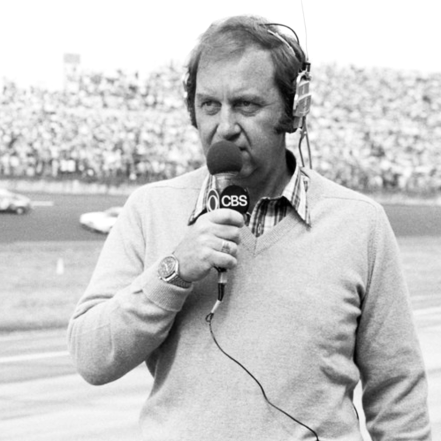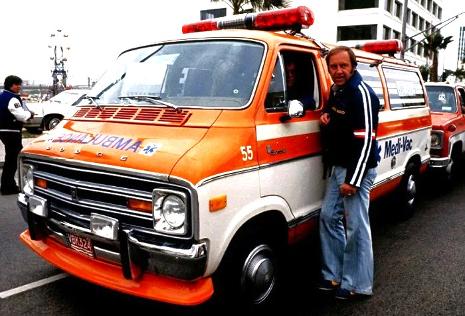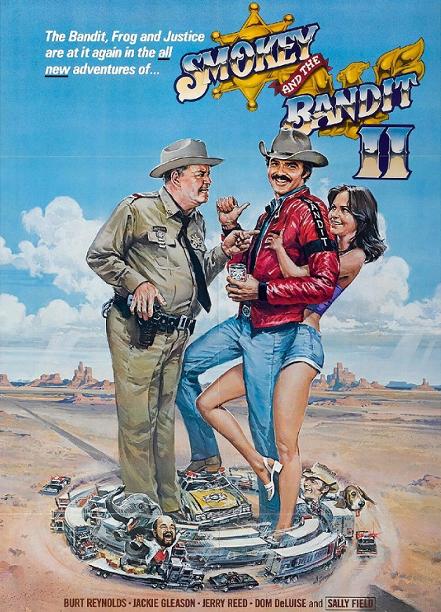BROCK YATES - 10/21/1933 - 10/05/2016

Yates was the son of American author Raymond Francis Yates and the former Marguerite Wendel. He was born and raised in Lockport, New York and graduated from Lockport High School in 1951. Yates' first articles appeared in Science and Mechanics magazine when he was 16 years old. He graduated from Hobart College and spent time in the United States Navy. Yates was hired in 1964 as managing editor at Car and Driver magazine by the magazine's iconic editor, David E. Davis — who was noted for fostering an "atmosphere of creative turbulence." Yates later recalled, “little did [Davis] know that in fact I knew nothing about managing or editing.” As a best-selling author, most frequently about automotive topics and motor sport, some of Yates' articles and commentaries for Car and Driver magazine and other publications have had considerable impact within the auto industry and general public. Beginning with his 1968 critique of the American auto industry, its management, and its products: "The Grosse Pointe Myopians," Yates established a recurring theme in his nonfiction work that American automotive management had grown arrogant, lost touch with its markets,
and failed to respond to changing public needs/tastes, technology, and energy/environmental concerns. He developed the thesis in his 1983 book, The Decline and Fall of the American Automotive Industry — and followed up with his 1996 book The Critical Path: Inventing an Automobile and Reinventing a Corporation, a focused look at Chrysler' efforts to recast itself with development of its third generation minivans. As a pit reporter for CBS', Yates covered certain NASCAR Cup Series races in the 1980s, including the Daytona 500. He was also one of the main commentators on the TNN motor sports TV show American Sports Cavalcade with Steve Evans where, on occasion, Paul Page, Gary Gerould, and Ralph Sheheen appeared. He was a commentator on racing and vintage cars at various points between 1995 and 2013 for the Speed Channel, a

Cannonball Run movie

Smokey and the Bandit II
U.S. cable affiliate of Fox Sports. Yates was inspired by Erwin G. "Cannonball" Baker, (1882–1960), who set several coast-to-coast records, to initiate the Cannonball Baker Sea-to-Shining-Sea Memorial Trophy Dash. (See info about Cannonball Baker at bottom) Better know as the Cannonball Run. Conceived by Yates and fellow Car and Driver editor Steve Smith, the first run was intended both as a celebration of the United States Interstate Highway System and as a protest against strict traffic laws coming into effect at the time. Another motivation was the fun involved, which showed in the tongue-in-cheek reports in Car and Driver and other auto publications worldwide. The initial cross-country run was made by Yates; his son, Brock Yates, Jr.; Steve Smith; and friend Jim Williams beginning on May 3, 1971, in a 1971 Dodge Custom Sportsman van called the "Moon Trash II." The first competitive race was won by Brock and Formula One and Le Mans winner Dan Gurney in a Sunoco blue Ferrari 365 GTB/4 Daytona. The duo traveled from New York to Los Angeles in a then-record time of 35 hours, 54 minutes. In all, five Cannonballs were run between 1971 and 1979, although Yates never again won. The event subsequently gave rise to his screenwriting career. It was the inspiration for the 1976 movies Cannonball! and The Gumball Rally. The event has continued on in the form of the Tire Rack One Lap of America Presented by Grassroots Motorsport Magazine. The event is now run by his son Brock Yates, Jr. 2018 saw the 35th anniversary of the event. Yates along with director and stuntman Hal Needham, wrote Smokey and the Bandit II (1980). Yates also wrote the screenplay for The
Cannonball Run (1981) film with the intention of giving the lead role to Steve McQueen. However, McQueen was diagnosed with cancer early in 1980 and was unable to do the film, leading to the casting of Burt Reynolds. Yates had a brief cameo in The Cannonball Run as the race organizer who lays out the ground rules before the beginning of the race. He was the longtime executive editor at Car and Driver magazine — and contributed to The Washington Post, Playboy, The American Spectator, Boating, Vintage Motorsports as well as other publications. First suffering from Alzheimer's disease in 2007, Yates died at the Veterans Affairs hospital in Batavia, New York, on October 5, 2016, from complications of the disease, sixteen days shy of his 83rd birthday.
Cannonball Baker - Both the Cannonball Run and the Motorcycle Cannonball involve racing across the United States and both were conceived in homage to the great Erwin "Cannonball" Baker –– a man who managed to make a living by riding cross-country. Though, it wasn't the easiest of gigs when he was doing it more than 100 years ago. His first jaunt in 1912 was a 14,000-mile ride to South America. Roughly, two years later, he set a record for cross-country travel by speeding from San Diego to New York City in just 11 days. That might not sound impressive within a modern context, but keep in mind this was decades before the U.S. broke ground on the Interstate system. The Lincoln Highway hadn't even been established. In fact, five years after Baker's feat, it took the U.S Army 56 days to move a convoy of trucks from Washington, DC to


Erwin George "Cannon Ball" Baker
San Francisco. Not to mention the technology of the day. Baker made his run on a stock two-speed Indian, which produced a mind-ripping 7 hp. Brakes were literally wooden. Baker's only modifications were thicker tires and a homemade bash plate. Baker set 143 driving records from the 1910s through the 1930s. In 1915, Baker drove from Los Angeles to New York City in 11 days, 7 hours and fifteen minutes in a Stutz Bearcat, and the following year drove a Cadillac 8 roadster from Los Angeles to Times Square in 7 days, 11 hours, and 52 minutes, while accompanied by an Indianapolis newspaper reporter. His best-remembered drive was a 1933 New York City to Los Angeles trek in a Graham-Paige model 57 Blue Streak 8, setting a 53.5 hour record that stood for nearly 40 years. This drive inspired the later Cannonball Baker Sea-to-Shining-Sea Memorial Trophy Dash, better known as the "Cannonball Run", which itself inspired at least five movies and a television series. Later in life, he became national commissioner for NASCAR. He died in 1960, at the age of 78.
